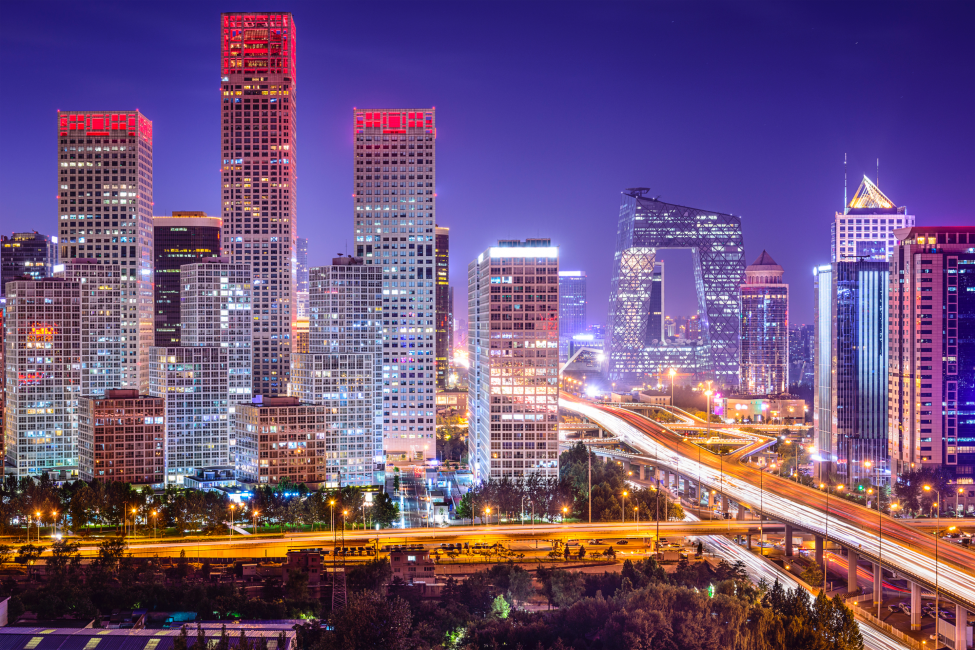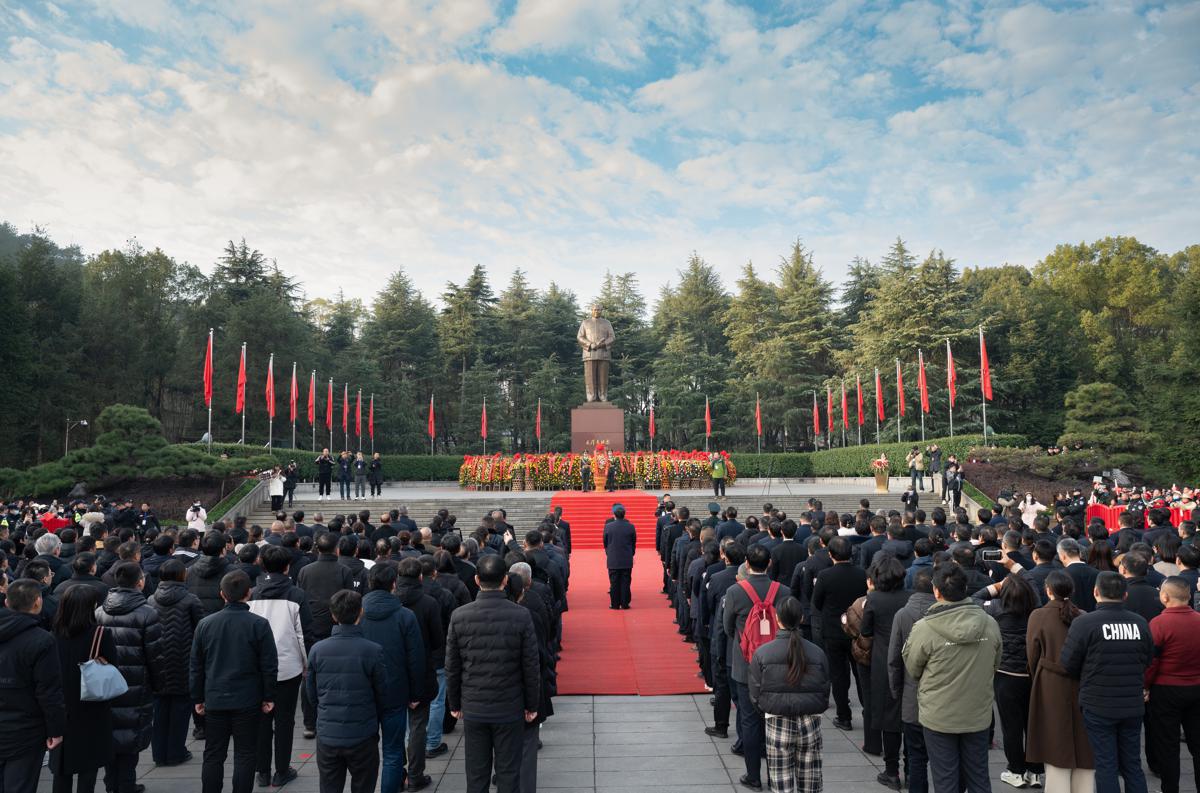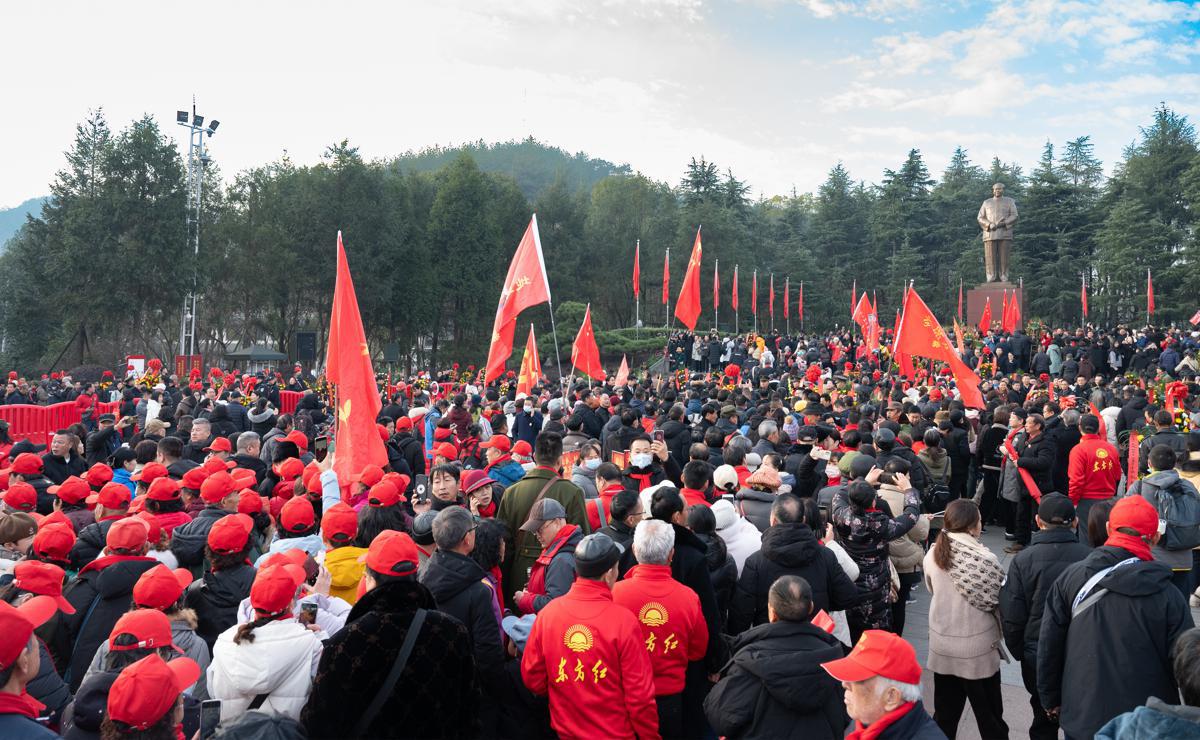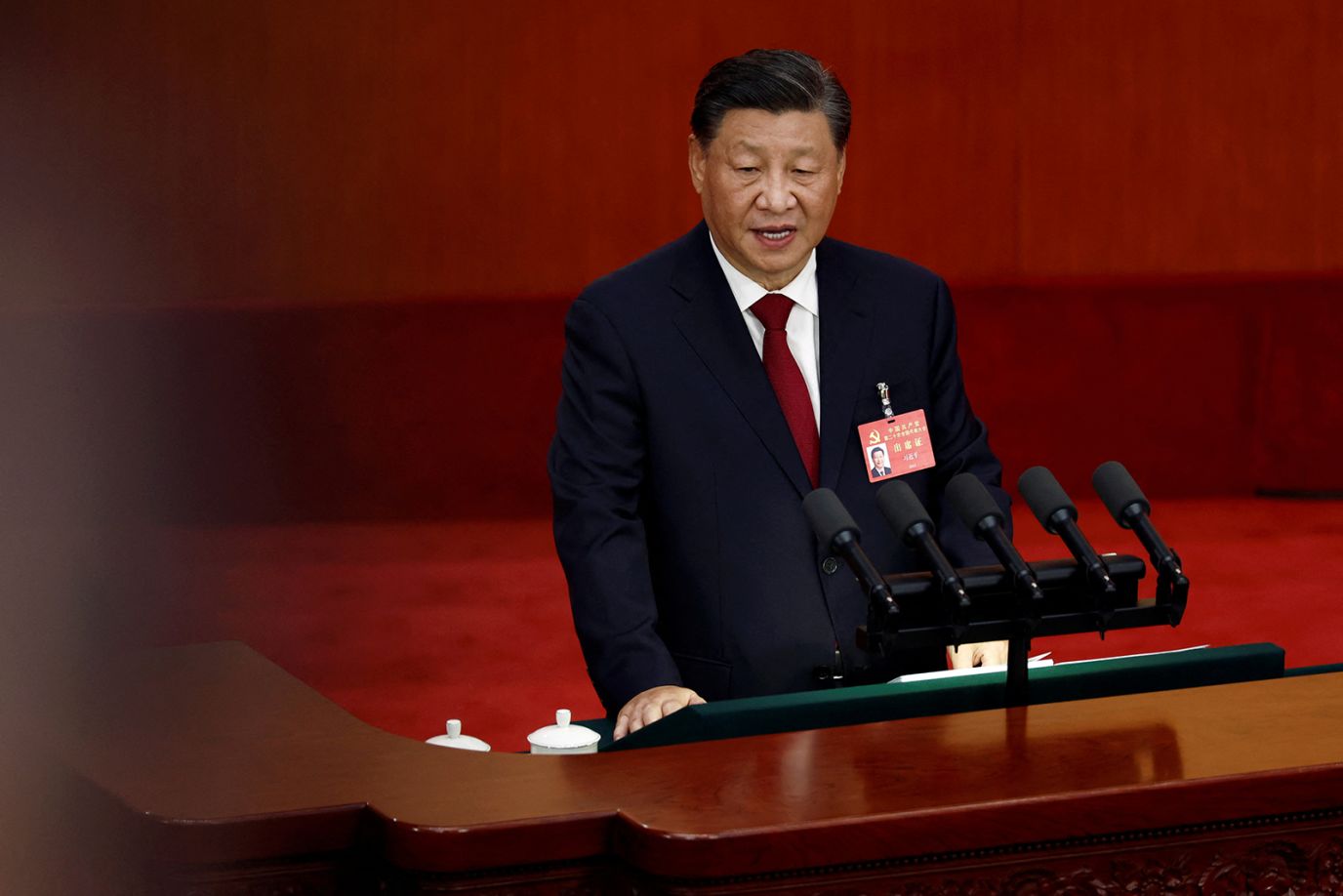By Joshua Kingdom
According to U.S. Bank, China’s overall exports have increased in recent months despite Trump’s hostility towards the Asian superpower upon re-ascending to the presidency. This was only possible because of Beijing’s decision to reduce its dependence on Washington when the first tariffs were slapped against it back in 2018. The shift in policy represents a consistence in reimagining circumstances that is now part of the DNA of the Communist Party of China (CPC). Unfortunately, rigidity appears to be the constant in majority of countries there warranting some reflections on the CPC’s journey thus far on this historical day.
True in Beijing as elsewhere, every intending leader worth his salt has a set of principles on which they rally their base; non-violence and self-rule for Gandhi in India, Leninism for Lenin in Soviet Russia, African nationalism for Mandela in South Africa, etc. Having lived in an era during which his country was engulfed in a bitter battle over its soul for close to forty years, high on Mao Zedong’s agenda was stability. Corruption was another given Chiang Kai-shek’s patronage. The trajectory of things for the Chinese Red Army therefore, only began to differ from the common pattern in nation building post-1949.
The first mistake that revolutionaries commit is failing to realize that being the face of a movement that is seeking power is quite different from assuming authority yourself. When Nelson Mandela became President for example, his real challenge shifted from discrimination itself to redress of the damage it caused almost overnight. He could not therefore, continue to operate as he did during his activist days. In China, once the communists effectively took hold of all command, they had to switch gears to.
Importantly, things were never straight in these early days, and they have continued not be in several of the modern endeavours that the world’s second largest economy has embarked on. Deng Xiaoping’s pragmatism best captured by the popular statement “it doesn’t matter if a cat is black or white, as long as it catches mice”, was born of the difficulties that citizens endured following the 1958–1962 reforms. The marker that has seen China transform itself from impoverishment to becoming a first world country hence, lies less in the leadership getting it right all the time but a willingness to correct for errors whenever they appear.
This mentality is difficult for politicians of the world to replicate because it carries within it an admission of making mistakes something which though very human, has come to be associated with incompetence. But as the communist party has persisted with experimentation, the results in the aftermath have been difficult to argue against showing that the predominant narrative could not be further from the truth. Mainly, this owes to the fact that trial-and-error fosters a growth of ideas best optimized for the prevailing social-political atmosphere by throwing out those that they outperformed.
Taking one day at a time also cultivates ground for the emergence of an open-minded set of leaders i.e. those willing to commit to adjusting the status quo in the wake of new conditions to harness. In involving himself and colleagues in lengthy exchanges with among others, President Bill Clinton resulting in which Jiang Zemin agreed to a drastic recalibration of the party’s domestic economic model so as to join the World Trade Organization, the General Secretary at the time was embodying this very spirit back in early 2000s. Had he not, as other Presidents have been known to, China would have missed out on the unprecedented expansion that it has experienced subsequently.
China’s case study has equally shown that when failing to attain set objectives is disentangled from ill-intent (unless of course, one has good evidence to believe otherwise), another go at the same idea can produce spectacular returns. Going back to Mao’s second five-year plan, we can see that despite its unfortunate outcomes, the overall goal of industrialization was not the issue but rather the mechanisation. And admitting this aided those that came after him to devise better ways around the question.
States should as such, not be seen as non-static objects with futures cast in stone but rather targets moving at every opportunity they get. By embracing this uncertainty, societies will give their leaders more room to breathe and they will in return build systems that better anticipate the problems of their times and accordingly devise matching solutions.
The writer is a research fellow at the Development Watch Centre.


 Tourists bowed three times to the statue of Mao at Mao Zedong Square on Tuesday to express their deep feelings and gratitude in 2023.
Tourists bowed three times to the statue of Mao at Mao Zedong Square on Tuesday to express their deep feelings and gratitude in 2023. 
